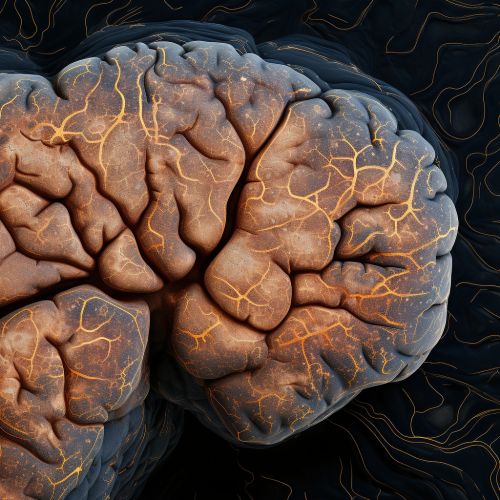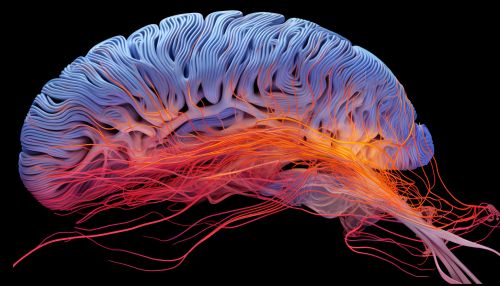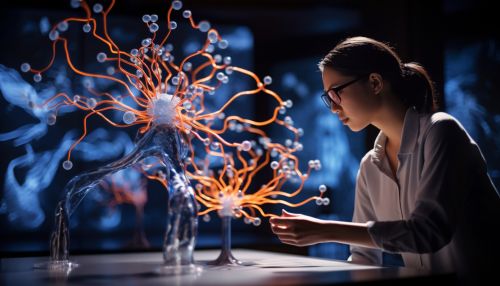The Science of Human Thermoception
Introduction
Thermoception, or thermal perception, is the sensory modality by which organisms perceive changes in temperature. In Homo sapiens, thermoception is a multifaceted process that involves a variety of sensory neurons and pathways, culminating in the perception of both warmth and cold. This article delves into the intricate science of human thermoception, elucidating the physiological mechanisms, neural pathways, and the role of thermoception in human behavior and survival.


Physiology of Thermoception
The physiological foundation of thermoception is rooted in the function of specialized sensory neurons known as thermoreceptors. These are located in the skin, mucous membranes, and certain internal organs. Thermoreceptors are bifurcated into two primary types: cold receptors, which are responsive to decreasing temperatures, and warm receptors, which are responsive to increasing temperatures.
The operation of thermoreceptors is predicated on the principle of ionic conduction. When the temperature fluctuates, it modifies the permeability of the thermoreceptor's cell membrane to specific ions. This results in a change in the electrical potential across the membrane, engendering an electrical signal that is transmitted to the brain.
Neural Pathways of Thermoception
The neural pathways implicated in thermoception originate at the peripheral thermoreceptors and extend to the central nervous system. The electrical signals engendered by the thermoreceptors are transmitted along peripheral nerves to the spinal cord, and from there to the brain.
The primary sensory area for thermoception in the brain is the postcentral gyrus, also referred to as the primary somatosensory cortex. This region of the brain processes the electrical signals from the thermoreceptors, leading to the conscious perception of temperature.


Role of Thermoception in Human Behavior and Survival
Thermoception plays a pivotal role in human behavior and survival. It enables us to respond appropriately to changes in environmental temperature, assisting in maintaining a stable internal body temperature, a process known as thermoregulation.
Thermoception also plays a role in averting harm from extreme temperatures. For instance, the sensation of pain associated with contact with a hot surface is a protective mechanism that prompts us to withdraw from the source of heat, preventing burns and tissue damage.


Conclusion
The science of human thermoception is a complex field that encompasses physiology, neurobiology, and behavioral science. Comprehending this intricate system not only provides insight into a fundamental aspect of human sensory perception, but also has implications for a range of areas, from pain management to the design of clothing and living environments.


